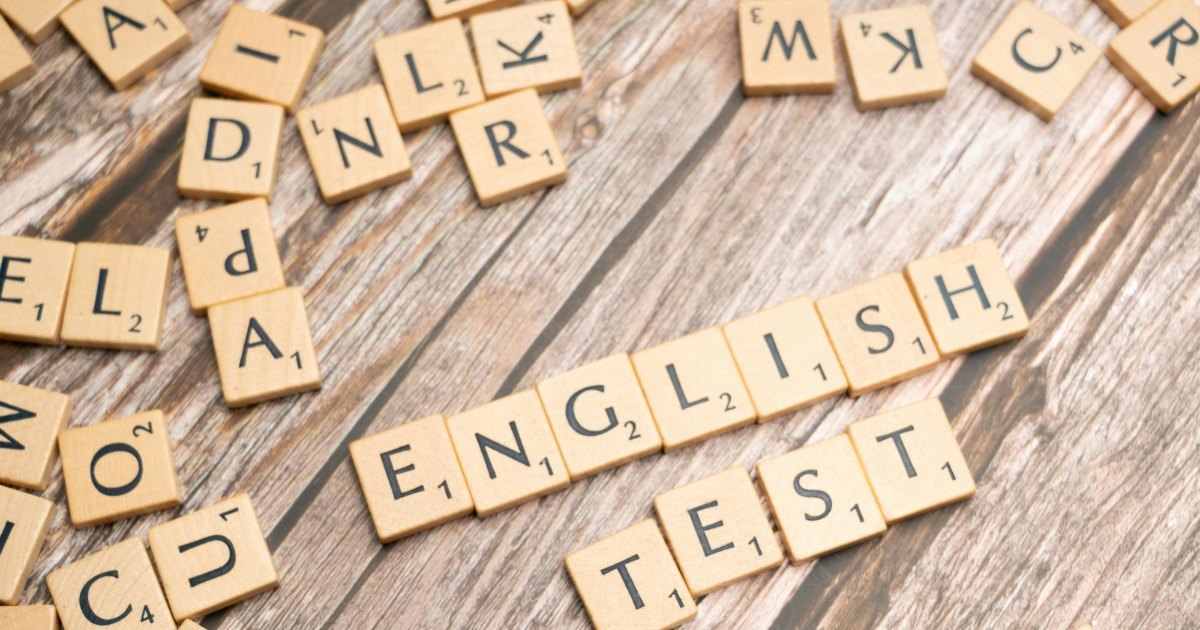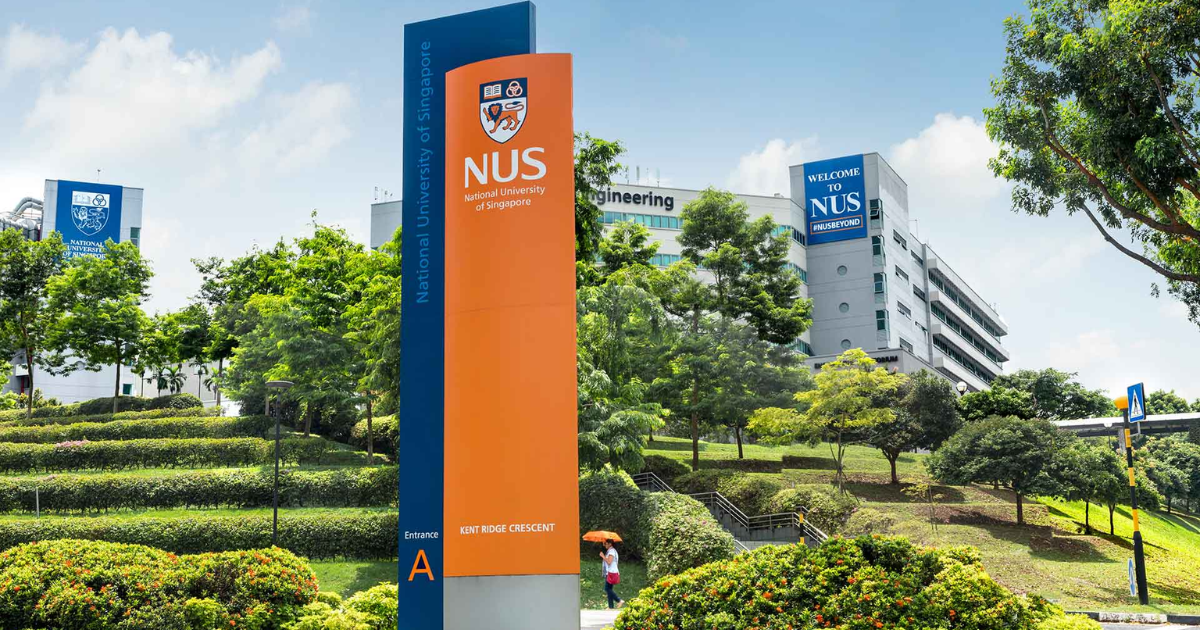Panduan dan Latihan Writing IELTS, Lengkap dengan Pembahasannya

Latihan Writing IELTS sering menjadi hal yang dibingungkan bagi peserta IELTS. Terlebih bagi mereka yang tidak terbiasa menulis dan mengembangkan opini dalam bahasa Inggris akan kesulitan untuk mengerjakan tanpa latihan dan strategi tertentu. Berikut penjelasan dan latihan Writing IELTS yang bisa gunakan sebagai bahan belajar ya!
Gambaran umum IELTS
Seperti yang kita tahu, IELTS (International English Language Testing System) adalah tes berstandar internasional untuk melihat kemampuan bahasa Inggris seseorang. Tes IELTS sendiri dibagi menjadi 4 bagian yaitu Listening, Reading, Writing, dan Speaking. Namun pada artikel ini, kita akan banyak membahas tentang latihan Writing IELTS ya, Hunters. Berikut penjelasan lebih lengkapnya!
Bagian latihan Writing IELTS
Dalam latihan Writing IELTS, terdapat dua bagian yang harus diselesaikan oleh peserta. Pada bagian pertama, peserta diharapkan untuk menyelesaikan tugas tertulis berdasarkan informasi yang disajikan dalam bentuk grafik, diagram, tabel, atau bagan. Bagian ini memerlukan kemampuan untuk menggambarkan dan menjelaskan data secara jelas dan ringkas.
Sedangkan pada bagian kedua, peserta diharapkan untuk menulis sebuah esai berdasarkan pertanyaan atau pernyataan yang diberikan. Tugasnya adalah untuk mengembangkan dan menyampaikan pendapat secara terstruktur dan argumentatif. Topik yang diberikan di bagian dua biasanya mencakup berbagai aspek kehidupan, sosial, budaya, dan lingkungan.
Baca juga: Bagaimana Caranya Simulasi IELTS? Berikut Penjelasannya!
Latihan Writing IELTS dan pembahasannya
Setelah mengetahui perbedaan dari dua bagian latihan Writing IELTS di atas, berikut contoh latihan Writing IELTS beserta pembahasannya.
Latihan Writing IELTS 1
Pertanyaan:
The diagram below shows the process of recycling plastic bottles. Summarize the information by selecting and reporting the main features, and make comparisons where relevant.

Jawaban:
The provided diagram illustrates the process of recycling plastic bottles. The process consists of six main stages, starting from the collection of plastic bottles to the production of new plastic products.
The first stage involves the collection of plastic bottles through recycling bins and collection centers. In the second stage, the sorted bottles are sent to a recycling facility where they undergo a process called shredding. Next, the shredded plastic bottles are thoroughly cleaned in the third stage. In the fourth stage, the cleaned plastic pieces are melted down in a heating chamber.
The fifth stage involves molding the molten plastic into new products. This stage allows for the creation of various plastic products, such as containers, bottles, or packaging materials. Finally, in the last stage, the newly formed plastic products are packaged and distributed for sale or reused in different industries.
Overall, the diagram demonstrates the step-by-step process of recycling plastic bottles, starting from collection and sorting, followed by shredding, cleaning, melting, molding, and ending with the production of new plastic products.
Mau raih skor IELTS maksimal? Schoters jamin kamu bisa capai skor IELTS hingga 7.0. Ikuti kelas persiapan IELTS di Schoters dengan tutor expert lulusan kampus top dunia.
Silakan klik tombol “Konsultasi Kelas Persiapan IELTS” di bawah ini dan bisa tanya apapun sebelum bimbingan 👇
Latihan Writing IELTS 2
Pertanyaan:
Nowadays, many people prefer to use public transportation rather than driving their own cars. What are the advantages and disadvantages of using public transportation?
Jawaban:
In recent years, there has been a growing preference for public transportation over private vehicles. This essay will discuss the advantages and disadvantages of using public transportation.
On the positive side, one of the main advantages of public transportation is its positive impact on the environment. With more people using buses, trains, and trams, the number of vehicles on the road decreases, resulting in reduced air pollution and greenhouse gas emissions. Additionally, public transportation can alleviate traffic congestion, especially in densely populated areas. It allows more people to travel together, maximizing the efficiency of road space.
However, public transportation is not without its drawbacks. Firstly, it may lack flexibility and convenience. Timetables and routes are predetermined, which means passengers need to adhere to fixed schedules. This can be inconvenient, especially for individuals who require flexibility in their daily routines. Additionally, crowded buses and trains during peak hours can be uncomfortable and stressful.
In conclusion, public transportation offers several benefits such as environmental sustainability and cost-effectiveness. However, it also has limitations in terms of flexibility and potential service disruptions. Individuals should consider their specific needs and circumstances when deciding whether to use public transportation or drive their own cars.
Nah, bagi kamu yang lagi mencari teman belajar dan mentor untuk latihan Writing IELTS, kamu bisa gabung dan belajar di IELTS Academy by Schoters. Selengkapnya cek link di bawah ini, ya!
Baca juga: Serba-serbi Skor IELTS Listening yang Wajib Kamu Pahami
Rekomendasi Bimbingan Persiapan Latihan Writing IELTS
Ingin dapat latihan writing IELTS dari expert? Yuk, gabung IELTS Academy by Schoters sekarang juga!
Butuh program lain untuk persiapan dapat universitas luar negeri? Cek program terbaik dari Schoters untuk bimbingan persiapanmu, dijamin terlengkap.










